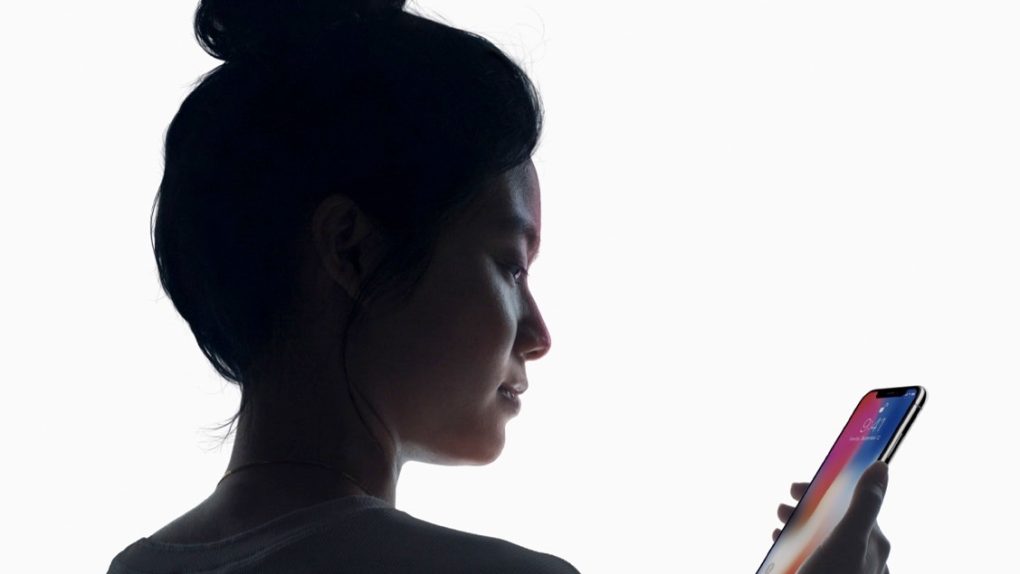As you’ve likely heard by now, one of the tent pole features of the iPhone X is the device’s new facial recognition software, a feature Apple has naturally dubbed Face ID. Designed to replace Touch ID, Face ID uses an advanced suite of sensors to create a detailed depth map of a user’s face whereupon it’s mathematically compared to the stored Face ID profile on the device. Though many seasoned iPhone users were initially skeptical about saying goodbye to Touch ID, the early consensus is that Face ID works exactly as advertised and is incredibly reliable and quick.
Interestingly, Apple notes that the odds of Face ID registering a false positive and allowing an unauthorized person access to a device is about 1 in 1,000,000. By way of contrast, the odds of Touch ID registering a false positive is about 1 in 50,000. Still, there is one incredibly minuscule drawback to Face ID: what happens when the iPhone X encounters identical twins or siblings who otherwise look incredibly similar?
In the wake of the iPhone X release, a handful of publications put Face ID to the test to see how it fared when tested against identical twins. Curiously, and impressively, Business Insider’s testing showed Face ID being able to distinguish between a set of identical twins, though Mashable’s own test yielded an opposite result. Suffice it to say, if you have an identical twin and you’re genuinely worried that they might want to access your iPhone X without permission, you’re better off just using a passcode.
But what happens when you have a sibling who, while not an identical twin, looks remarkably or even somewhat similar to you? Well, over the last few days, we’ve seen two videos which showcase Face ID interpreting two brothers as being one and the same person. This has naturally led some to call Face ID’s efficacy into question.
In one video making the rounds, two brothers who are clearly not identical manage to fool Face ID, as you can see below.
There’s more to the story, though. In a follow-up video, the brothers explain that when the second brother initially tried and failed to authenticate with Face ID, he entered in the device’s passcode numerous times. In turn, the iPhone X’s software was essentially instructed that the second brother was, in fact, the first. Consequently, Face ID began updating its stored Face ID profile to account for the second brother’s distinguishing features. And this can’t be stressed enough: this is exactly how the software is supposed to behave.
Apple’s Face ID support document addresses this behavior when it notes: “Face ID automatically adapts to changes in your appearance, such as wearing cosmetic makeup or growing facial hair. If there is a more significant change in your appearance, like shaving a full beard, Face ID confirms your identity by using your passcode before it updates your face data.”








